Ford v Ferrari, tells the story of former racecar driver Carroll Shelby (Matt Damon) and driver/mechanic Ken Miles (Christain Bale), as they are hired to build the Ford car company a racecar that can win the 24 hour lamont race, which Ferrari has won consistently. But the biggest obstacle isn’t Ferrari, but the Ford Company itself as they demand things of Shelby and Miles that would inhibit the success of their car.
This dynamic between Shelby, Ken, and the Ford executives is the primary source of conflict and is the thematic meat of the film. The struggle to maintain the proper vision necessary when executives look from a distance and demand changes to that vision for the sake of bureaucratic gain and company appearance recalls the process of filmmaking itself. It isn’t just the challenges of refining and executing a single product, but also dealing with the people who provide the means to make your product. The Ford company acts as a metaphor for a major Hollywood conglomerate, such as Disney.
Shelby stands in for the director, having to field the practical work of filmmaking (or car engineering) with the corporate (executives and producers). This idea is exemplified in a small sequence where a piece of paperwork is carried from one desk in the Ford reception area another desk on the other side of the room and then to the hands of Henry Ford II (Tracey Letts). The paper went through multiple hands needlessly before landing where it needed to go, which is the last thing Shelby wants (Ford).
Bale, plays the spitfire personality of Ken Miles with the proper dry wit it requires. His sense of humor and confidence in how he drives and in accessing the cars he drives, allows for consistent scene stealing and wonderful interactions from everyone he encounters. His performance allows us to better empathize with Shelby as most of the conflicts he has with the executives is over Ken Miles and how his personality doesn’t match with Ford’s image it wishes to portray for itself. Ken may be prickly, but he’s a necessary part of the process, even if he isn’t the traditional man for the job that Ford demands
Ford v Ferrari is a classic case of a good story being told by a master class filmmakers. The performances draw you in along with an interesting meta narrative of challenging a system that’s both necessary and superfluous, while also engaging audiences not privy to this understanding of Hollywood filmmaking,
Works Cited
“Ford v Ferrari.” IMDb, IMDb.com, 13 Nov. 2019, www.imdb.com/title/tt1950186/.

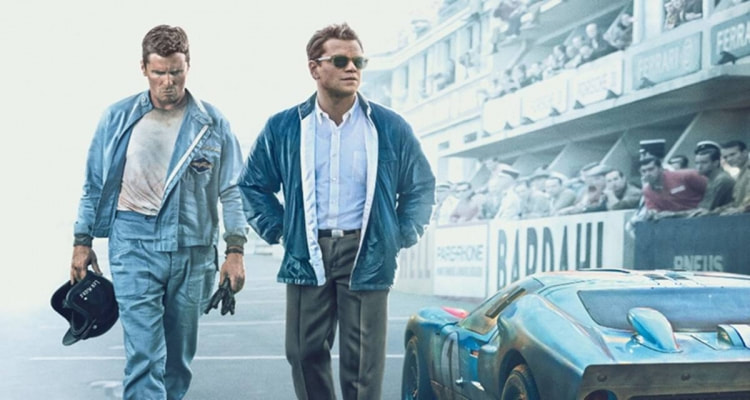
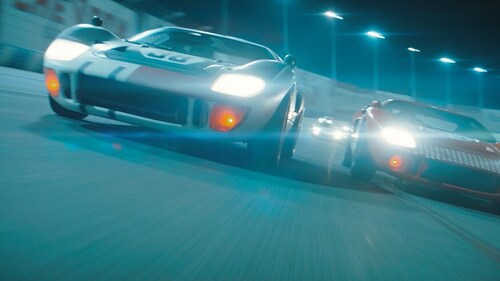
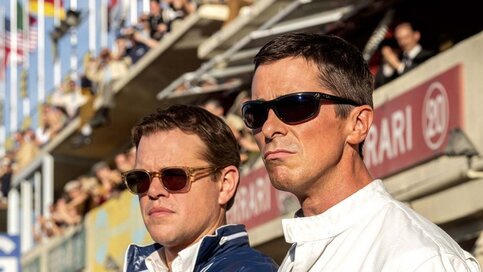

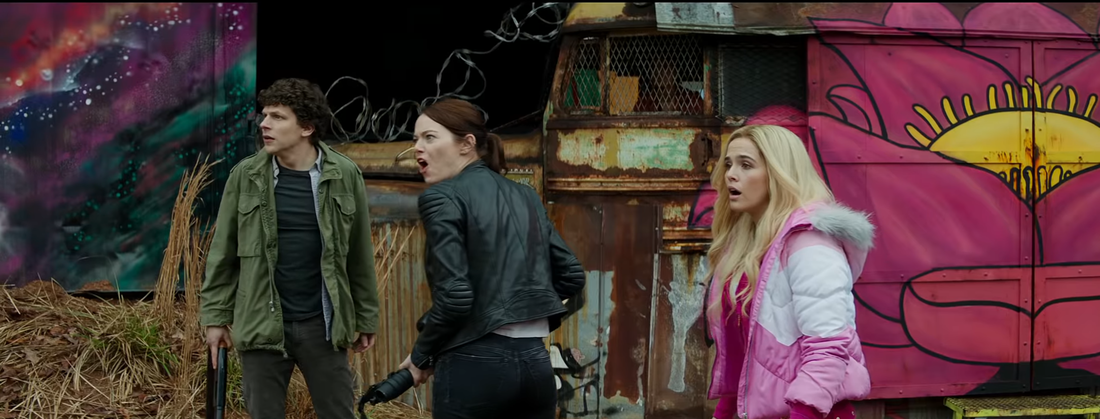
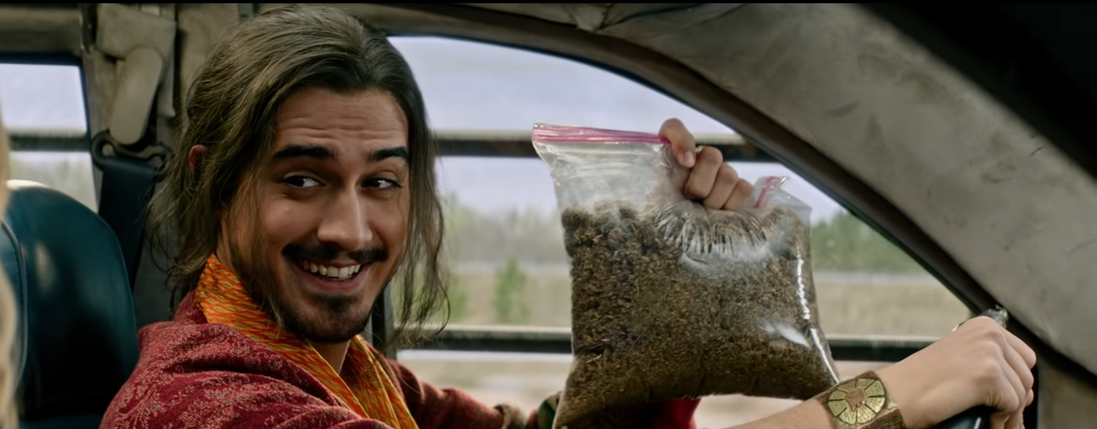
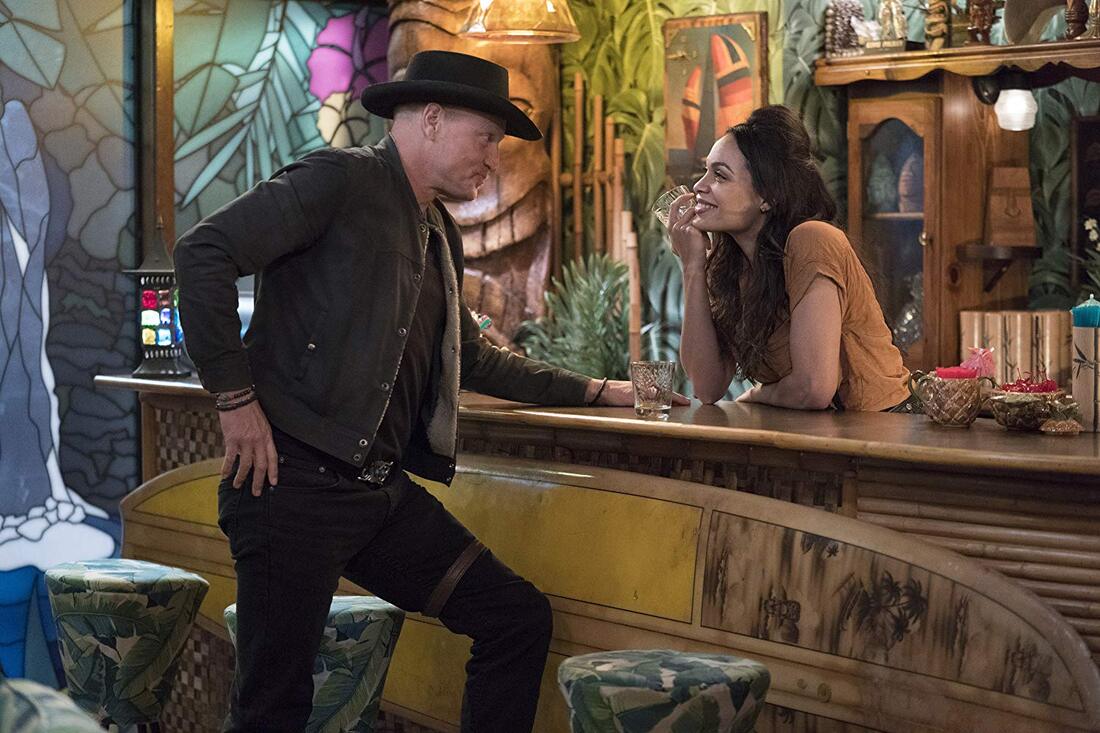
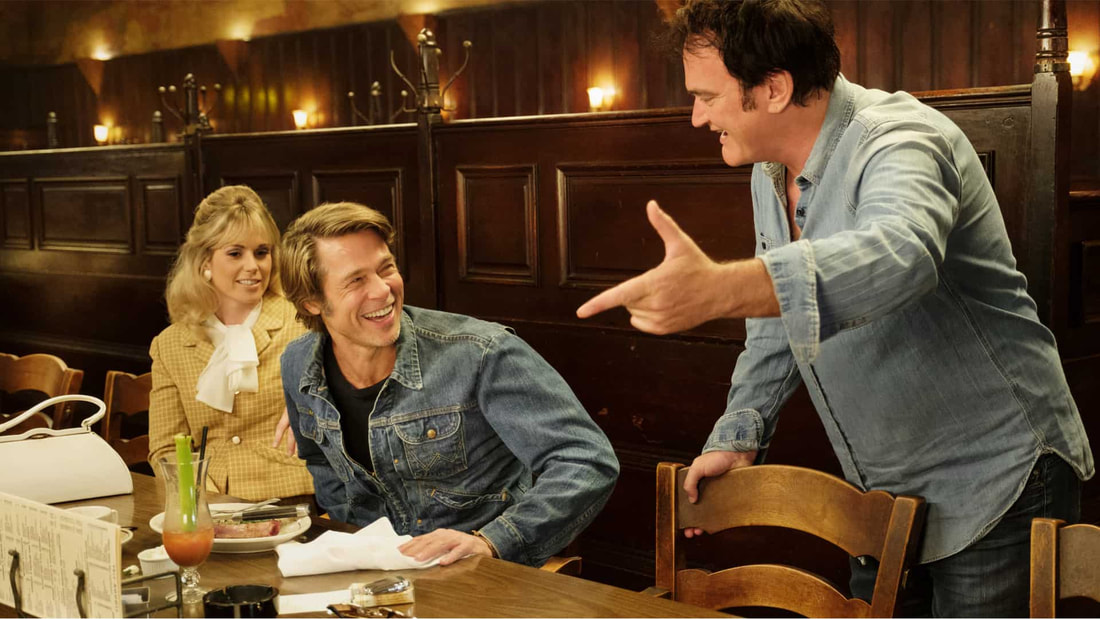
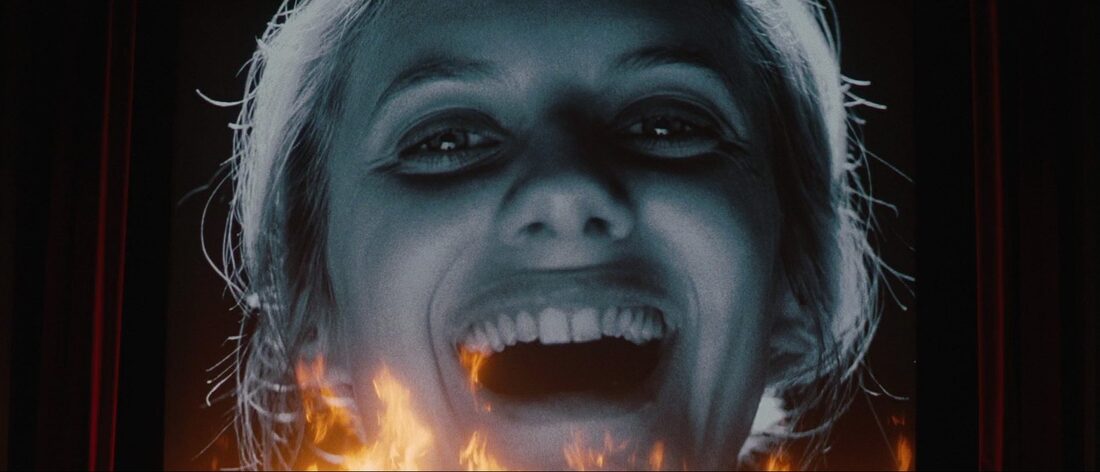
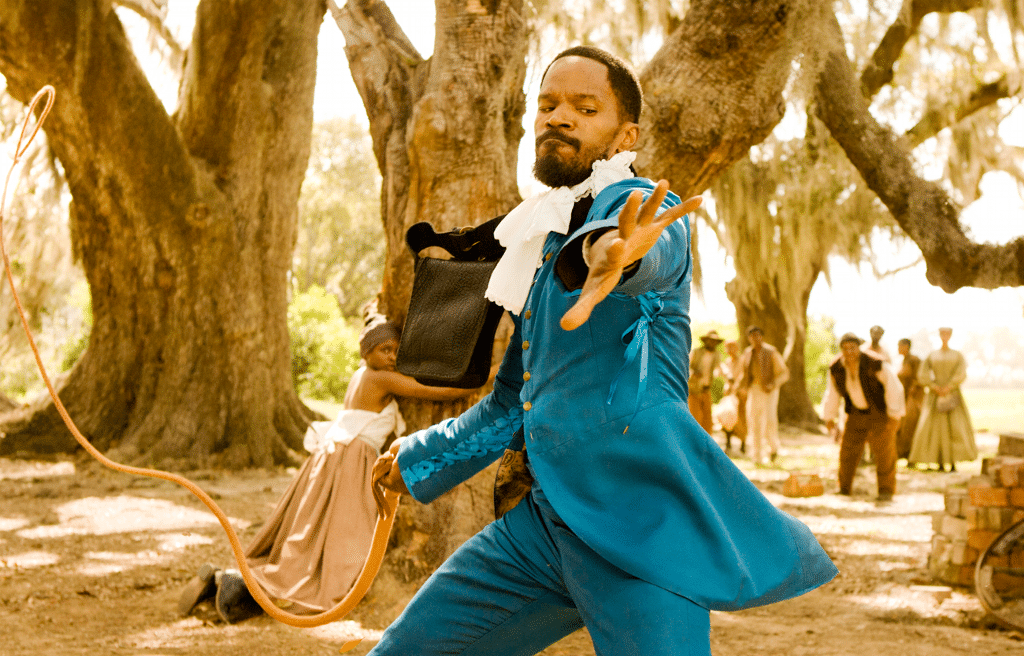
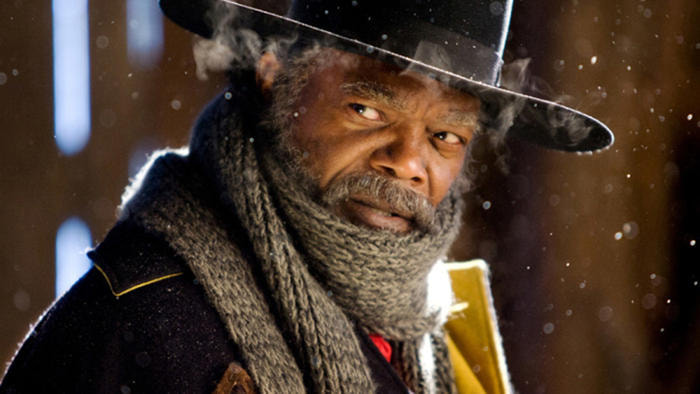
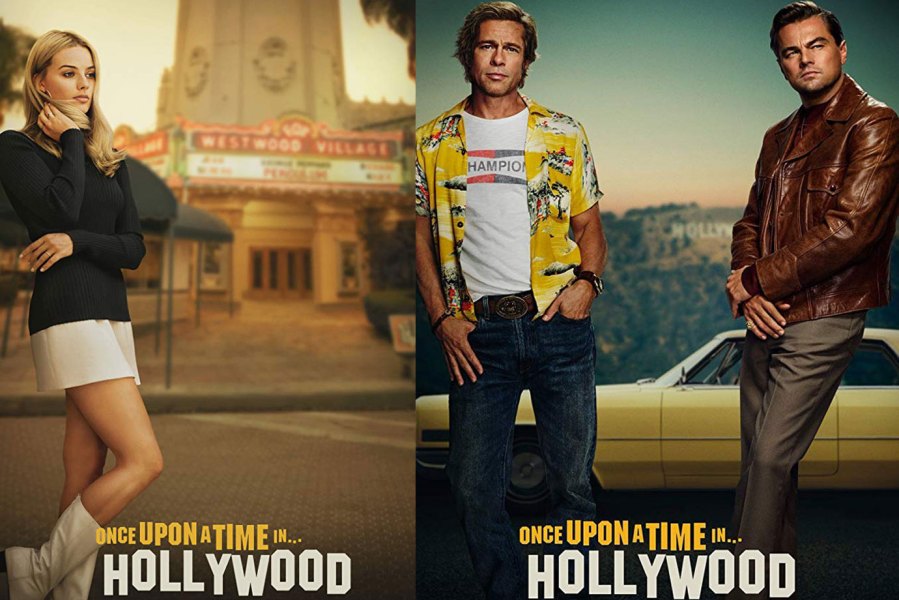
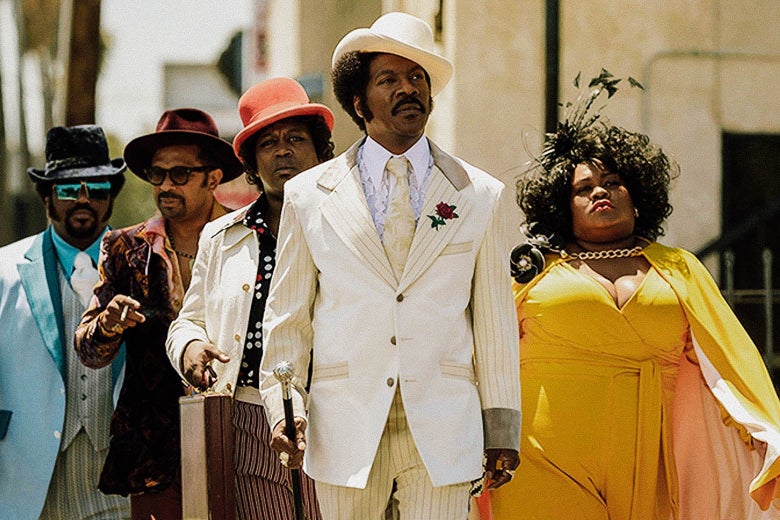
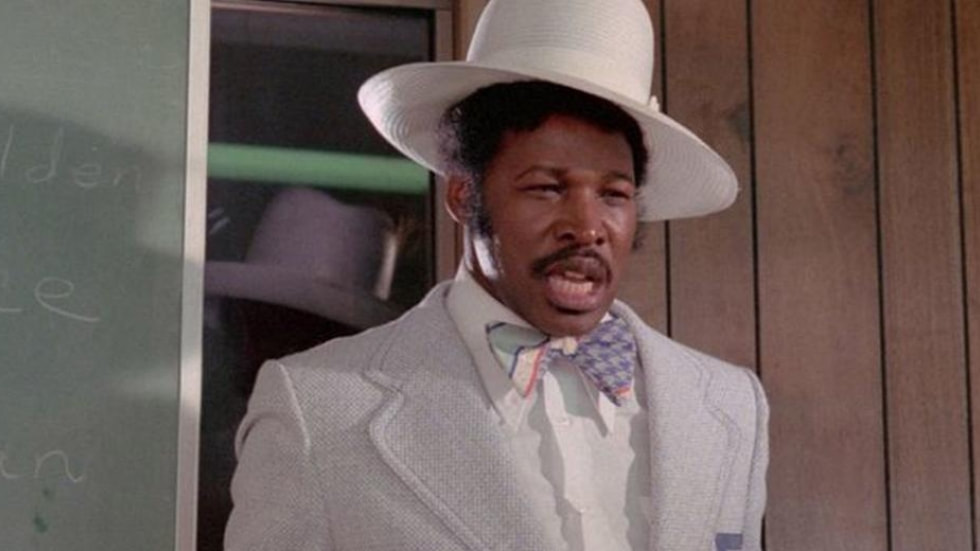

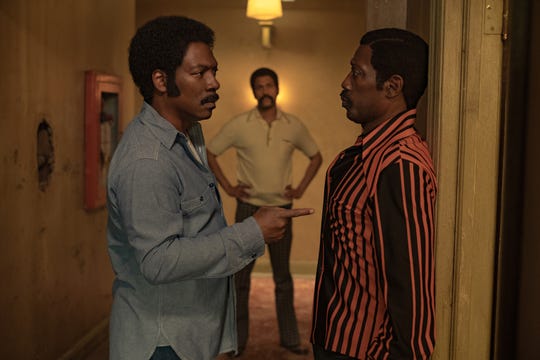
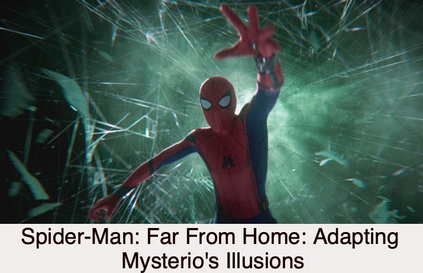
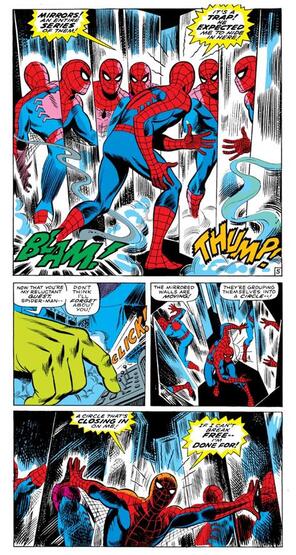
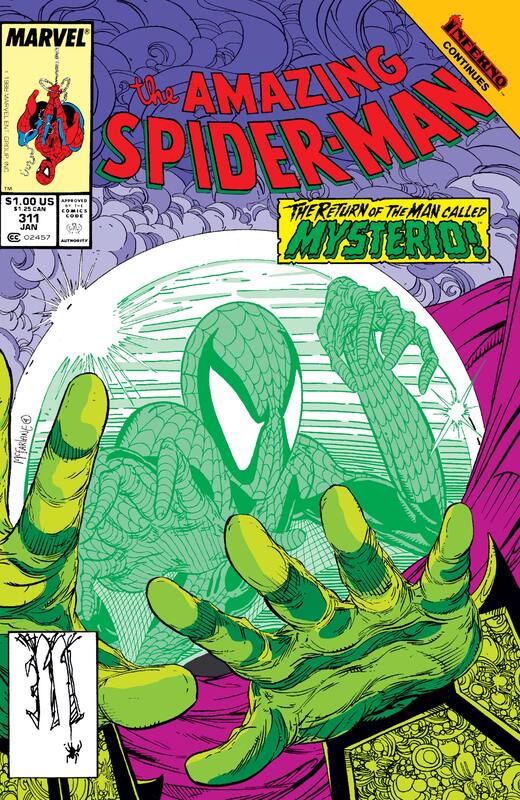
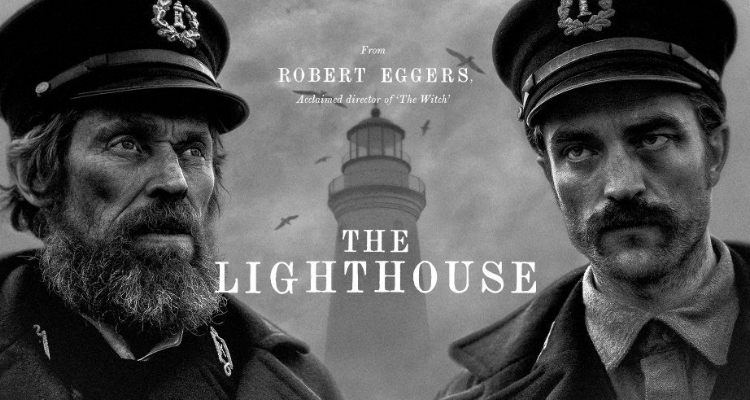
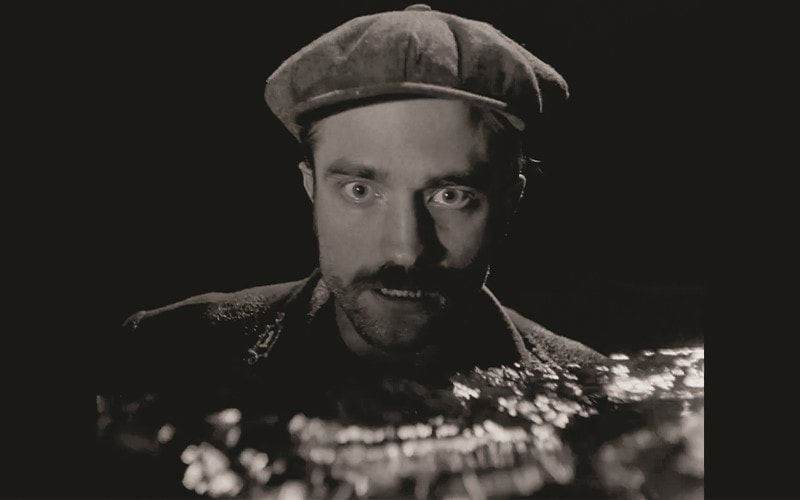
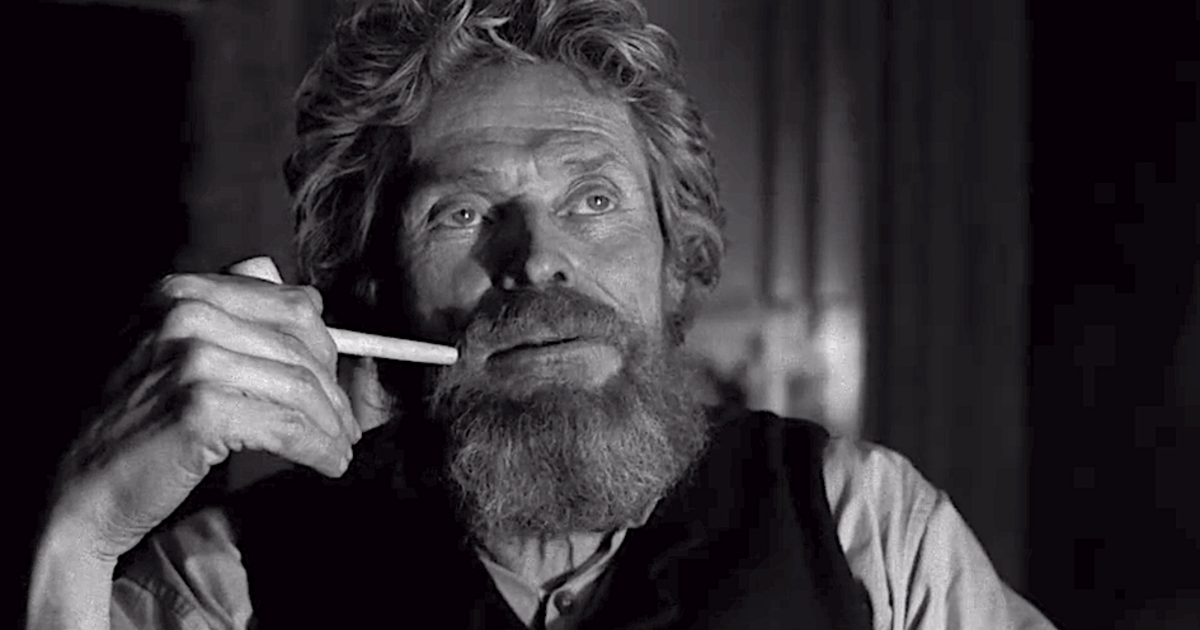
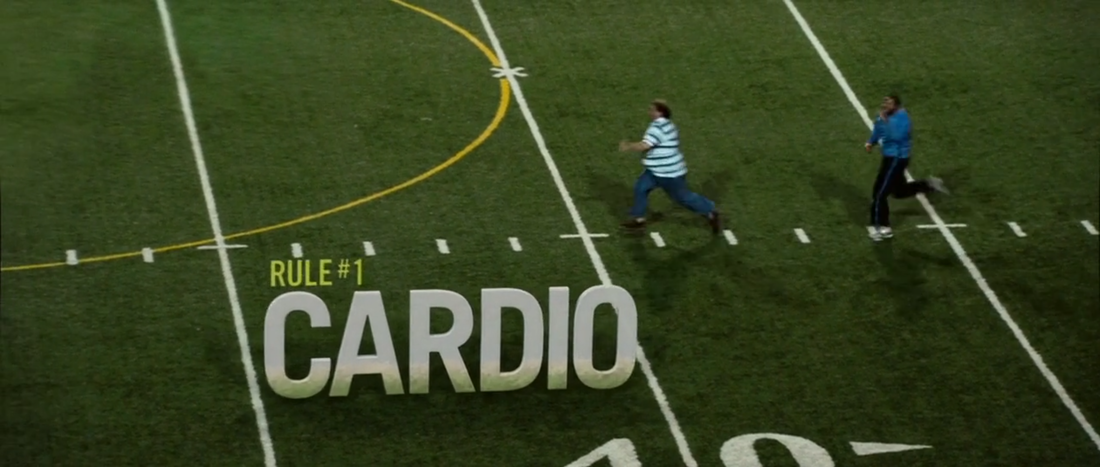
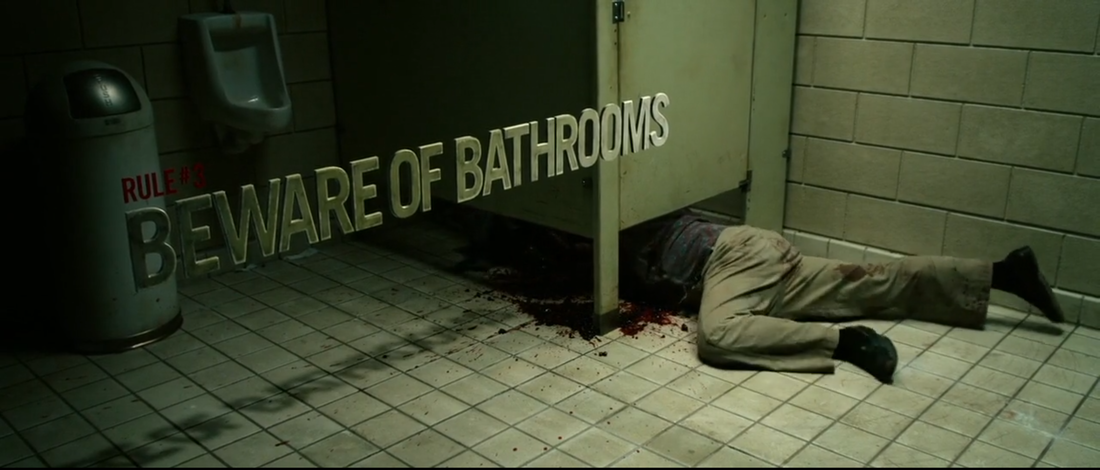
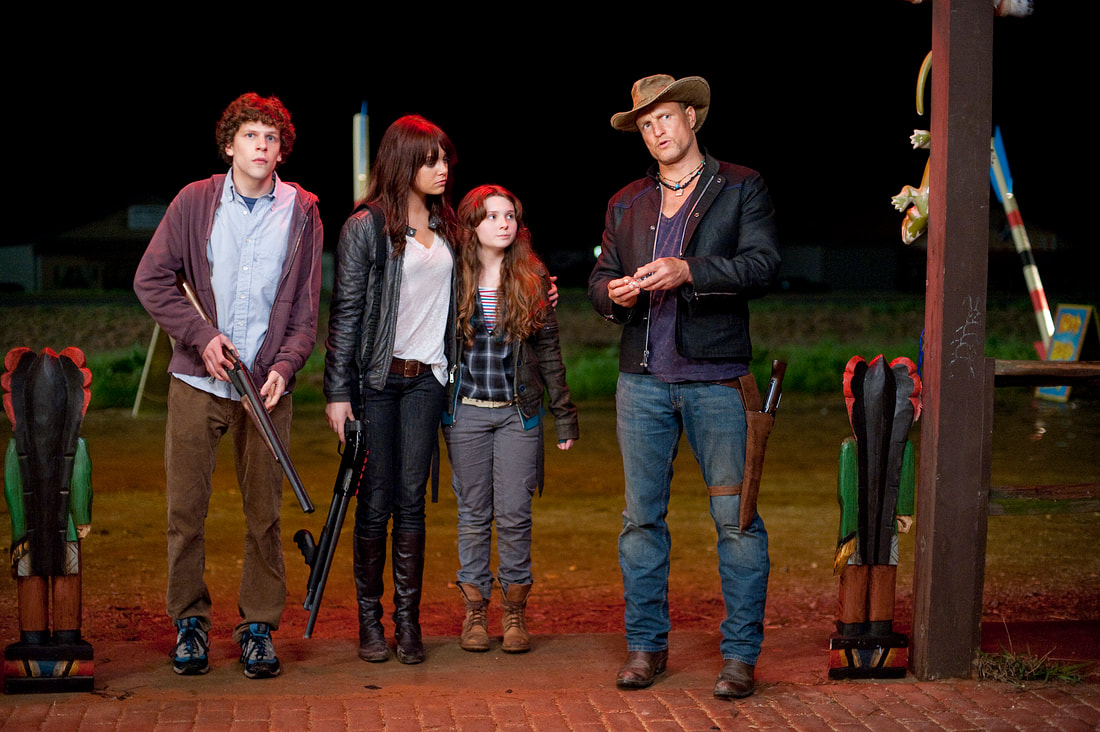
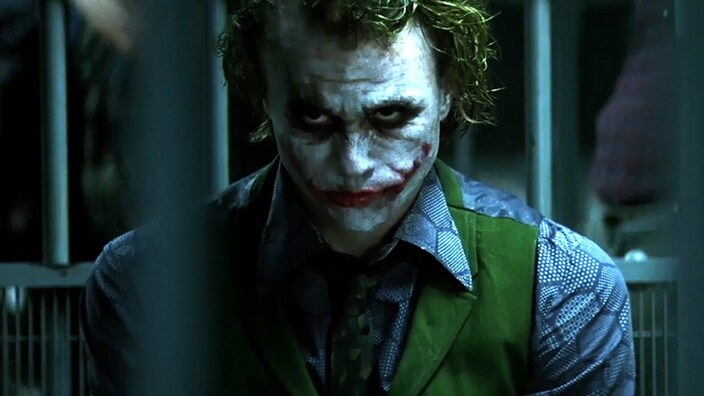
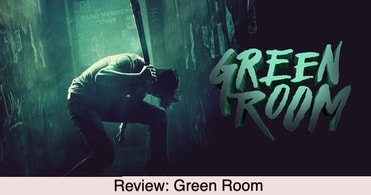
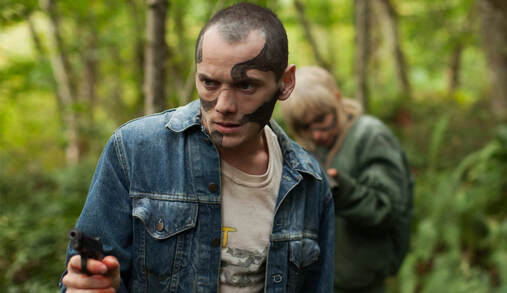
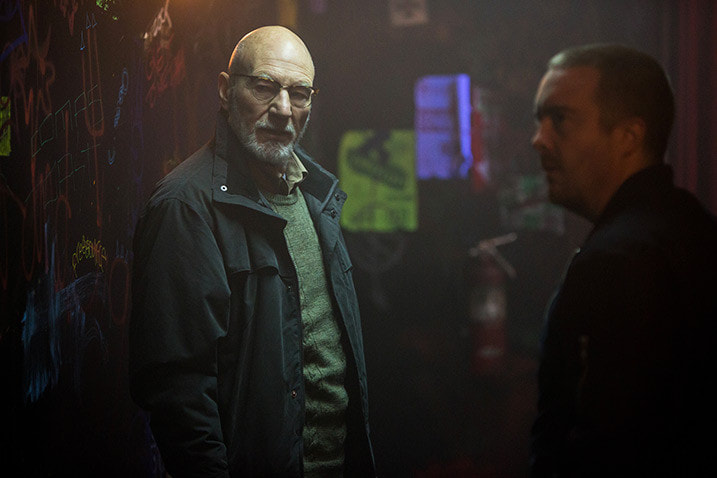
 RSS Feed
RSS Feed
